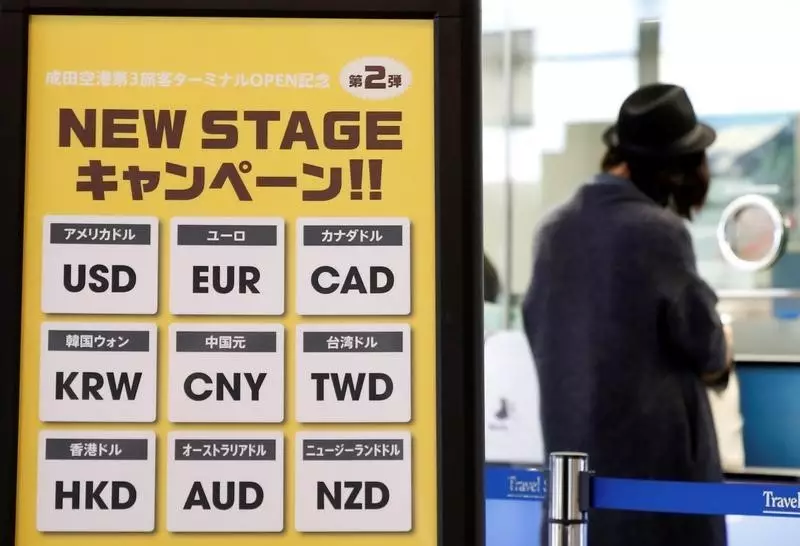The Iranian nuclear issue has been a focal point of international diplomacy for over a decade. In 2015, the Joint Comprehensive Plan of Action (JCPOA) was established under President Barack Obama, aiming to restrict Iran’s nuclear capabilities in exchange for lifted sanctions. However, this agreement was significantly undermined when Donald Trump withdrew the U.S. from the deal in 2018, escalating tensions between Iran and the West. This act not only reignited fears over nuclear proliferation but also intensified economic sanctions that have crippled Iran’s economy.
As Iran prepares for the potential reinstatement of Trump’s aggressive “maximum pressure” strategy, officials are highlighting the year 2025 as critical in the ongoing nuclear discourse. Foreign Minister Abbas Araqchi has indicated that important developments regarding Iran’s nuclear program are anticipated in this year, although specific details remain unclear. The mention of 2025 suggests a strategic timeline that could coincide with the expiration of certain terms laid out in the JCPOA, leading to renewed scrutiny and discussions in the international arena.
This forward-looking perspective could signal Iran’s intent to reassess its nuclear policies, as the geopolitical landscape evolves. The Iranian leadership seems primarily concerned about the repercussions of a more hawkish American stance, especially regarding potential military actions from Israel, under Prime Minister Benjamin Netanyahu’s leadership, against Iran’s nuclear infrastructures.
The volatile economic situation in Iran further complicates its nuclear ambitions. The Iranian rial has seen a drastic decline, hitting record lows against the U.S. dollar, now reported at approximately 820,500 rials to the dollar. This depreciation comes as a direct consequence of the uncertainty surrounding Trump’s impending presidency. The effects of inflation are palpable, with rates hovering around 35%. As the economy falters, Iranians are turning to safer financial havens — U.S. dollars, gold, and cryptocurrencies — exacerbating the rial’s depreciation.
The tragic irony is that as Iran seeks to solidify its nuclear position in a precarious international environment, its citizens are struggling against economic upheaval that threatens their day-to-day lives. This duality presents a complex challenge for Iranian leadership; the necessity to project strength in nuclear expertise must be balanced with the urgent need to stabilize the economy and maintain public trust.
With the changing administrations in the U.S., several outcomes could arise as 2025 approaches. If the Biden administration chooses to engage diplomatically and seeks to resurrect the JCPOA, Iran might find a path to relief from sanctions and avenues to revived economic stability. Conversely, a continuation of hardline policies could incite Iran to fortify its nuclear program, potentially leading to greater tensions that heighten the risk of conflict in the region.
As 2025 draws near, the international community must watch closely how these challenges unfold, as the implications are not merely confined to Iran but have far-reaching consequences for global security and diplomatic relations.

